Home>Gardening & Outdoor>Landscaping Ideas>How To Grow Grass Over Weeds
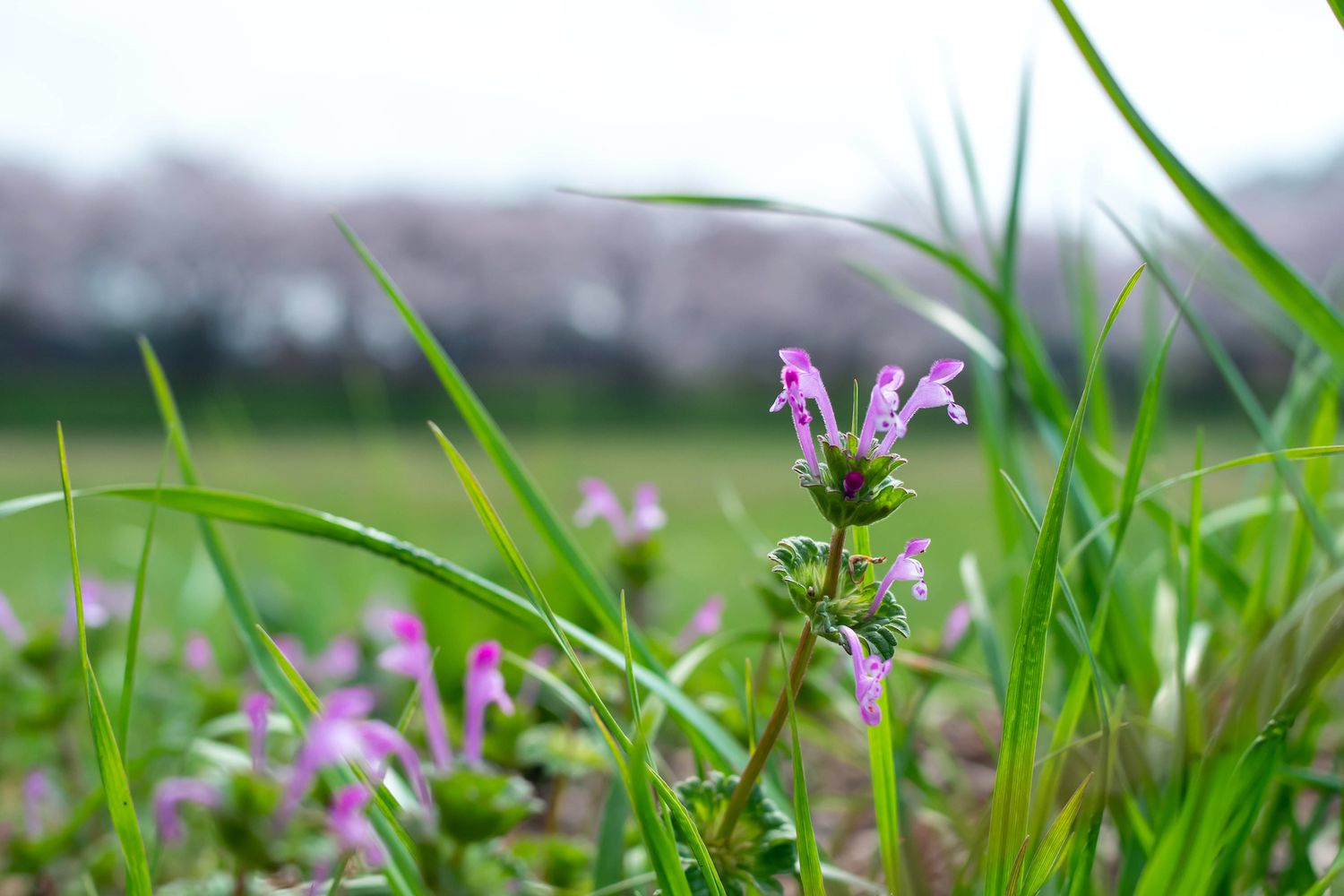

Landscaping Ideas
How To Grow Grass Over Weeds
Published: January 27, 2024
Learn effective landscaping ideas for growing grass over weeds. Discover expert tips and techniques to achieve a lush, weed-free lawn.
(Many of the links in this article redirect to a specific reviewed product. Your purchase of these products through affiliate links helps to generate commission for Storables.com, at no extra cost. Learn more)
Introduction
Transforming a weed-infested yard into a lush, green lawn is a common landscaping challenge. Dealing with weeds can be frustrating, but with the right approach, it’s possible to grow healthy grass and reclaim the beauty of your outdoor space. In this guide, we’ll explore the process of growing grass over weeds, from understanding the types of weeds to maintaining a weed-free lawn. By following these steps, you can achieve a vibrant, weed-free lawn that enhances the aesthetic appeal of your property.
Key Takeaways:
- Choose the right grass seed based on your climate, soil type, and lawn use to grow a healthy, weed-resistant lawn that enhances your outdoor space’s beauty and functionality.
- Prepare the soil by removing weeds, testing and amending soil, and selecting the right grass seed to create an optimal environment for successful grass growth and weed suppression.
Read more: How To Grow Grass Instead Of Weeds
Understanding the Types of Weeds
Before embarking on the journey of growing grass over weeds, it’s essential to understand the types of weeds that may be present in your lawn. Weeds can be broadly categorized as broadleaf weeds, grassy weeds, and sedges. Each type of weed presents unique challenges and may require specific approaches for effective control.
Broadleaf Weeds: These weeds, such as dandelions, clover, and chickweed, have broad leaves and are easily distinguishable from grass. They often thrive in thin or weak turf and can quickly take over an area if left unchecked.
Grassy Weeds: Unlike broadleaf weeds, grassy weeds, such as crabgrass and quackgrass, resemble turfgrass and can be more challenging to control. They tend to thrive in lawns with poor maintenance and can spread rapidly, competing with desirable grass species for nutrients and sunlight.
Sedges: Sedges, including nutsedge and kyllinga, are grass-like weeds with triangular stems and are often found in areas with excessive moisture. These weeds can be particularly resilient and may require targeted management strategies to prevent their proliferation.
Identifying the specific types of weeds in your lawn is crucial for developing an effective plan to address them. A comprehensive understanding of the characteristics and growth habits of different weeds will inform your approach to preparing the soil and selecting the appropriate grass species for successful integration and long-term maintenance.
Preparing the Soil for Grass Growth
Creating an optimal environment for grass growth is essential for outcompeting weeds and establishing a healthy, vibrant lawn. Soil preparation plays a pivotal role in providing the necessary nutrients and conditions for grass seeds to germinate and thrive. Here are key steps to prepare the soil for successful grass growth:
- Remove Existing Weeds: Prior to soil preparation, it’s crucial to eliminate existing weeds to prevent competition for resources. Depending on the extent of weed infestation, this may involve manual removal, herbicide application, or a combination of both methods.
- Soil Testing: Conduct a soil test to assess its pH level and nutrient content. This information will guide the application of soil amendments, such as lime to adjust pH or fertilizers to address nutrient deficiencies. A balanced pH and adequate nutrients are vital for promoting robust grass growth.
- Aeration: Aerating the soil helps alleviate compaction and improves air, water, and nutrient penetration. Core aeration, in particular, can enhance soil structure and create an environment conducive to healthy root development, which is essential for the establishment of a resilient grass cover.
- Topdressing: Applying a thin layer of compost or topsoil over the lawn surface can improve soil structure, enhance microbial activity, and contribute organic matter, fostering favorable conditions for grass seed germination and early growth.
- Leveling and Raking: After aerating and topdressing, leveling the soil surface and raking it to create a smooth, uniform bed can facilitate even seed distribution and promote consistent germination and establishment.
By diligently preparing the soil, you can create an environment that maximizes the potential for successful grass growth while minimizing the resurgence of weeds. This foundational step sets the stage for the subsequent integration of grass seed and the cultivation of a resilient, weed-resistant lawn.
To grow grass over weeds, start by removing the existing weeds and their roots. Then, prepare the soil by loosening it and adding a layer of topsoil. Finally, sow grass seeds and water regularly to promote growth and prevent weed regrowth.
Choosing the Right Grass Seed
When aiming to grow grass over existing weeds, selecting the appropriate grass seed is pivotal to achieving a thriving, weed-resistant lawn. Factors such as climate, soil type, sun exposure, and intended lawn use should inform your choice of grass species and varieties. Here are essential considerations for choosing the right grass seed:
- Climate Compatibility: Determine the climate zone in which your property is located and select grass species that are well-suited to the local climate. Cool-season grasses, such as Kentucky bluegrass and fescue, thrive in northern regions, while warm-season varieties like Bermuda grass and zoysia perform best in southern climates.
- Soil Adaptability: Assess the soil type in your lawn, whether it is sandy, loamy, or clay-based. Different grass species exhibit varying tolerance to soil conditions, so choosing seed varieties that align with your soil type can optimize their establishment and long-term vitality.
- Sun and Shade Tolerance: Consider the sun exposure in different areas of your lawn. Some grass species, such as fine fescues, excel in shaded environments, while others, like Bermuda grass, thrive in full sun. Selecting grass seed with appropriate sun and shade tolerance ensures uniform growth and coverage across diverse lawn conditions.
- Intended Use: Evaluate the primary use of your lawn, whether it’s for ornamental purposes, recreational activities, or heavy foot traffic. Certain grass varieties, such as perennial ryegrass and tall fescue, are resilient and well-suited for high-traffic areas, while others may prioritize aesthetic appeal and fine texture.
- Resistance to Weeds and Diseases: Some grass species exhibit natural resistance to common weeds and diseases, contributing to a healthier, more robust lawn. Research and select grass seed varieties known for their resistance to prevalent weeds in your region, bolstering the lawn’s ability to outcompete unwanted vegetation.
By carefully considering these factors and selecting grass seed that aligns with your specific lawn conditions and objectives, you can lay the groundwork for successful grass integration and long-term weed suppression. The right grass seed sets the stage for a resilient, visually appealing lawn that enhances the overall beauty and functionality of your outdoor space.
Planting and Caring for the Grass
Once you’ve prepared the soil and selected the appropriate grass seed, the next crucial steps involve planting and nurturing the grass to facilitate robust establishment and weed suppression. Proper planting techniques, coupled with attentive care, are essential for fostering healthy grass growth and crowding out weeds. Here’s a comprehensive approach to planting and caring for the grass:
- Seed Distribution: Evenly distribute the grass seed across the prepared soil surface using a broadcast spreader or by hand. Following the seeding process, gently rake the soil to cover the seeds with a thin layer of topsoil, promoting seed-to-soil contact and aiding in germination.
- Watering: Adequate and consistent watering is critical for supporting germination and early seedling growth. Keep the soil moist but not waterlogged, ensuring that the seeds receive the moisture necessary for sprouting and initial root development.
- Mowing and Maintenance: As the grass seedlings emerge and mature, maintain a regular mowing schedule to encourage healthy, dense turf growth. Adjust the mower height to the recommended level for your chosen grass species, promoting strong root development and inhibiting weed proliferation through vigorous grass competition.
- Fertilization: Apply a balanced fertilizer at the appropriate times and rates to provide essential nutrients for sustained grass vigor. Well-nourished grass exhibits robust growth, enabling it to outcompete weeds and form a dense, resilient lawn cover.
- Weed Control: Monitor the lawn for any signs of weed encroachment and promptly address any emerging weeds. Spot-treating with herbicides or manual removal can help prevent weed establishment and preserve the integrity of the developing grass cover.
- Overseeding and Aeration: Periodic overseeding and core aeration can rejuvenate the lawn, fill in sparse areas, and enhance soil structure, promoting a healthy, weed-resistant turf that effectively crowds out unwanted vegetation.
By diligently following these planting and maintenance practices, you can foster the growth of a robust, weed-resistant lawn that transforms your outdoor space into a verdant, inviting landscape. The nurturing care provided during the early stages of grass establishment sets the foundation for a thriving lawn that enhances the aesthetic appeal and enjoyment of your property.
Read more: What Weeds Grow In Grass
Maintaining a Weed-Free Lawn
Once your grass has established and flourished, maintaining a weed-free lawn involves ongoing care and proactive measures to prevent weed encroachment and preserve the health and beauty of your outdoor space. By implementing a comprehensive maintenance regimen, you can effectively minimize weed presence and sustain a lush, vibrant lawn. Here are essential strategies for maintaining a weed-free lawn:
- Regular Mowing: Maintain a consistent mowing schedule, adhering to the recommended height for your grass species. Regular mowing encourages strong, dense turf growth, shading the soil and impeding weed germination and establishment.
- Proper Watering: Water the lawn deeply and infrequently, promoting deep root growth in the grass while discouraging shallow-rooted weeds. Avoid overwatering, as excessively moist soil can create favorable conditions for weed proliferation.
- Fertilization and Soil Health: Apply fertilizers judiciously to support grass vigor without promoting excessive weed growth. Additionally, prioritize soil health through periodic aeration and topdressing, fostering an environment conducive to robust grass growth and resilience against weed competition.
- Weed Monitoring and Removal: Regularly inspect the lawn for any signs of weed growth and promptly address any emerging weeds. Manual removal or targeted spot-treatment with herbicides can effectively control weeds before they spread and diminish the quality of the turf.
- Overseeding and Renovation: Periodically overseed the lawn to fill in thin or bare areas, enhancing grass density and minimizing opportunities for weed establishment. Additionally, consider lawn renovation projects to revitalize the turf and mitigate weed intrusion.
- Integrated Pest Management: Adopt an integrated approach to pest and weed management, emphasizing cultural practices, biological controls, and selective herbicide applications to maintain a balanced, resilient lawn ecosystem while minimizing the reliance on chemical interventions.
- Maintaining Lawn Edges: Regularly edge the lawn to create distinct boundaries and prevent encroachment from invasive weeds growing along the periphery. Well-defined edges contribute to a tidy, manicured appearance and discourage weed infiltration from adjacent areas.
By incorporating these maintenance practices into your lawn care routine, you can sustain a weed-free environment that showcases the natural beauty of a healthy, vibrant lawn. Consistent vigilance and proactive measures will help preserve the integrity of your outdoor space, allowing you to enjoy a lush, inviting landscape free from the encumbrance of persistent weeds.
Frequently Asked Questions about How To Grow Grass Over Weeds
Was this page helpful?
At Storables.com, we guarantee accurate and reliable information. Our content, validated by Expert Board Contributors, is crafted following stringent Editorial Policies. We're committed to providing you with well-researched, expert-backed insights for all your informational needs.
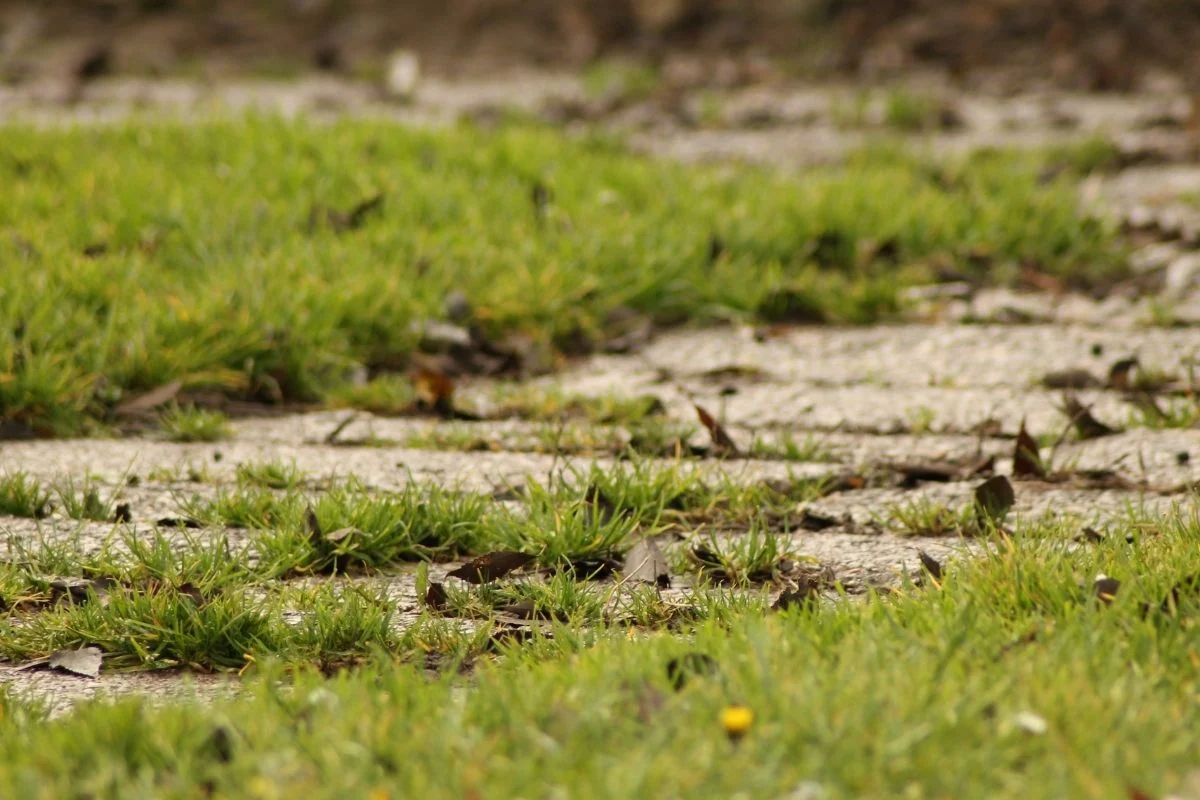

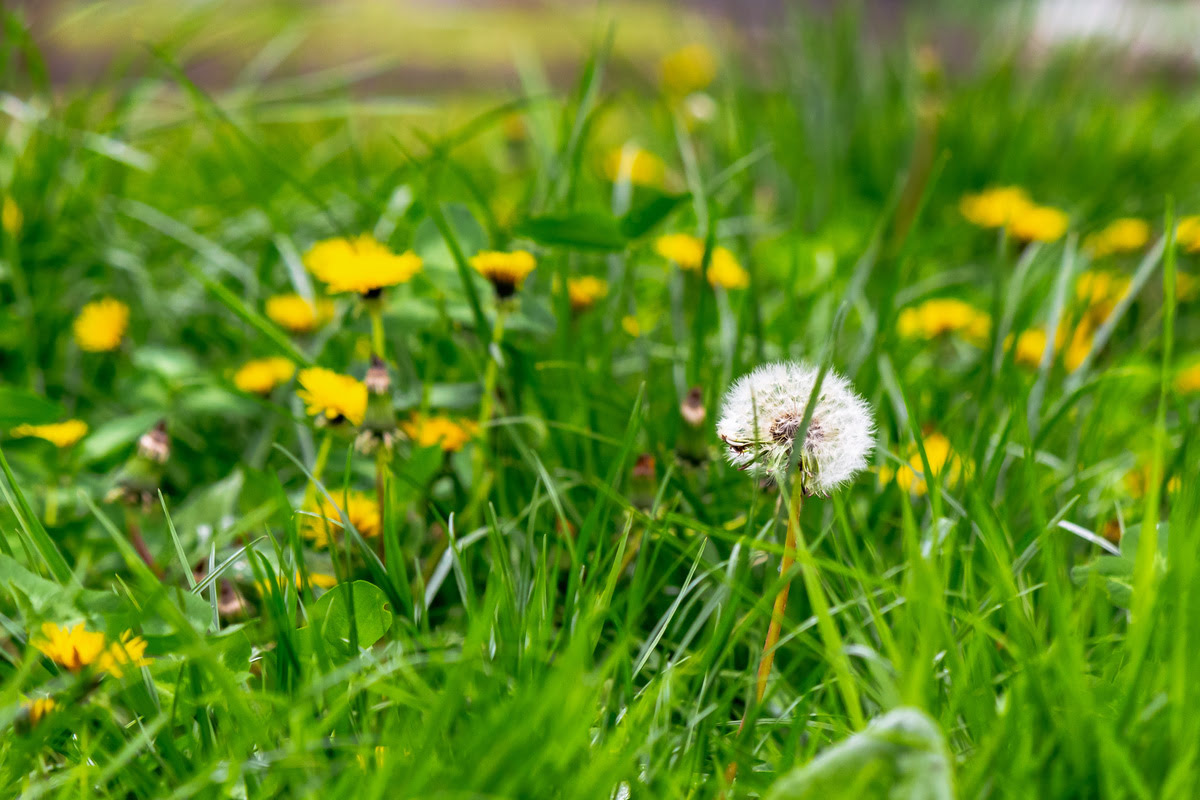
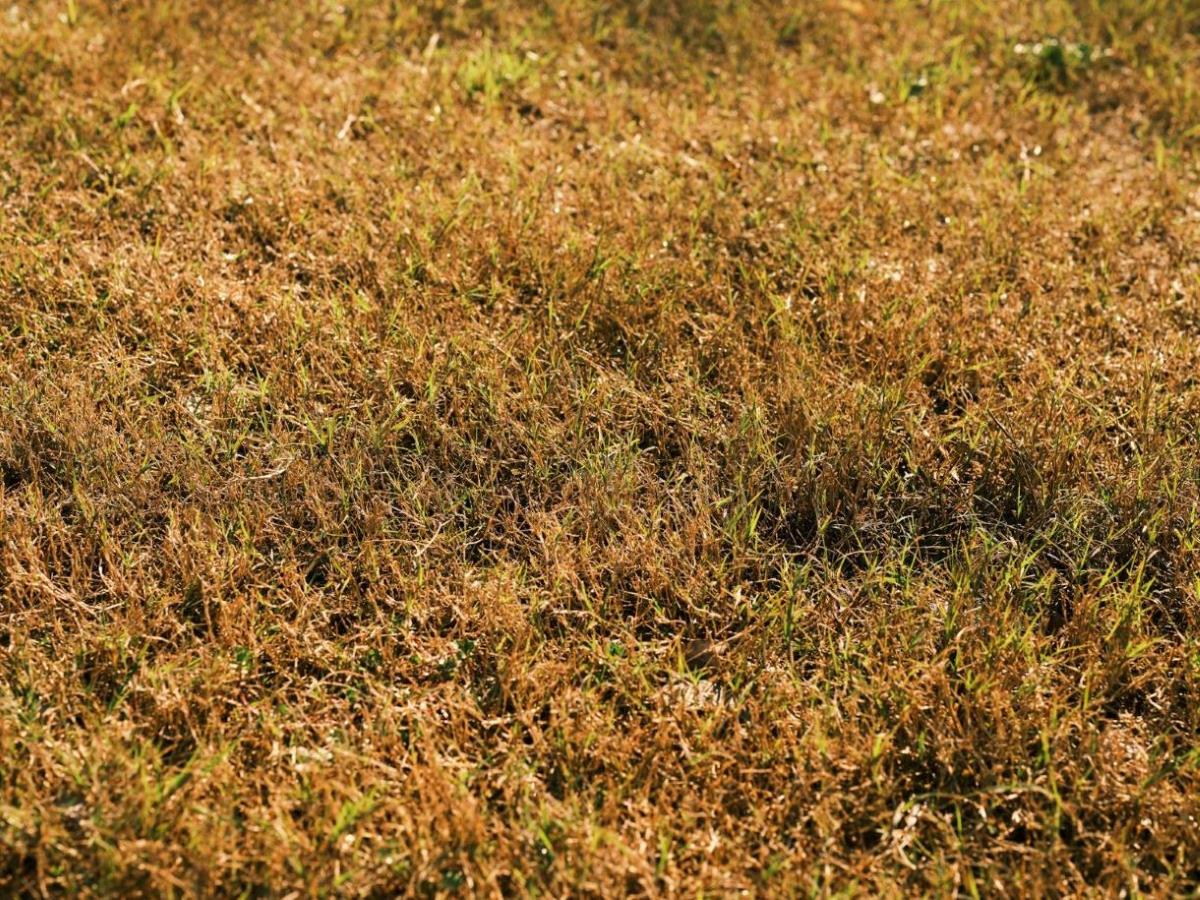
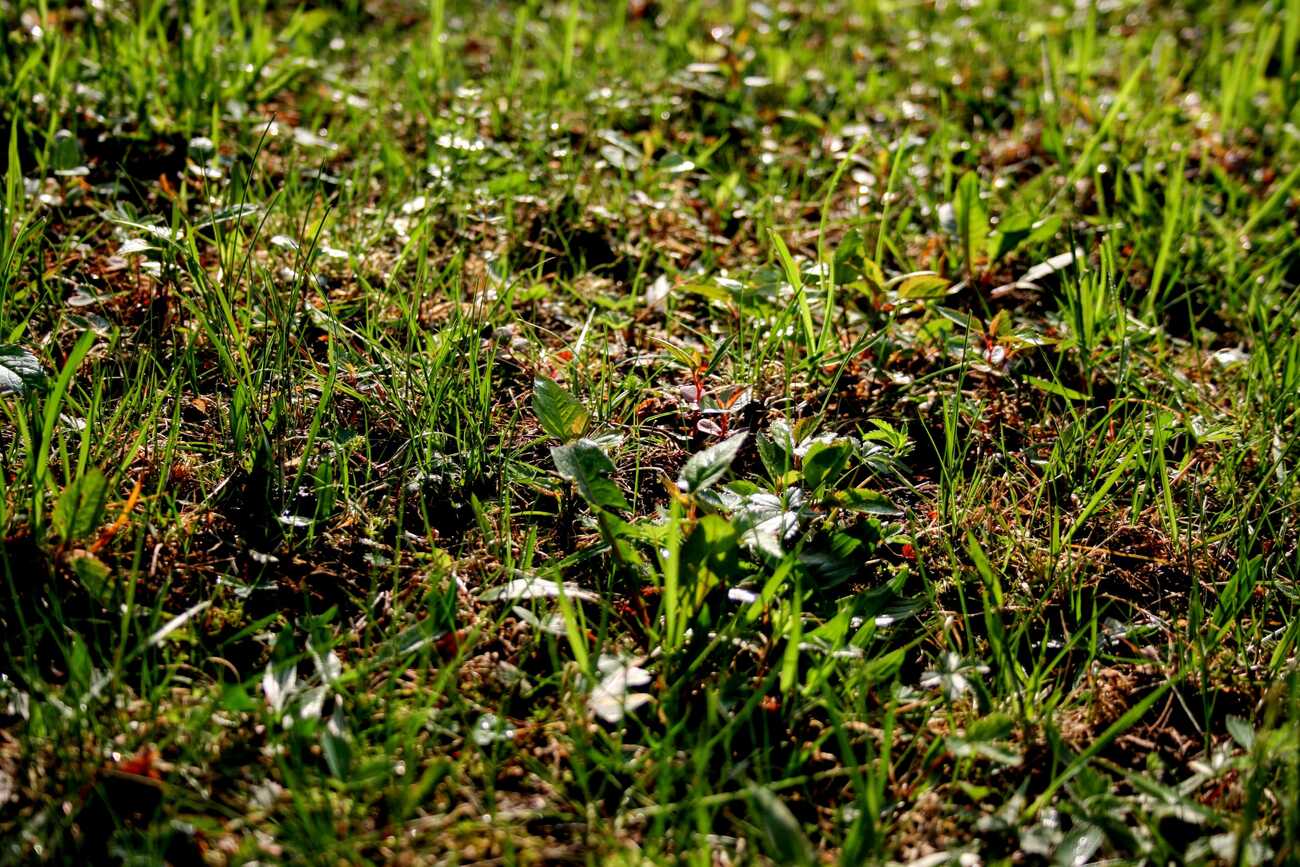
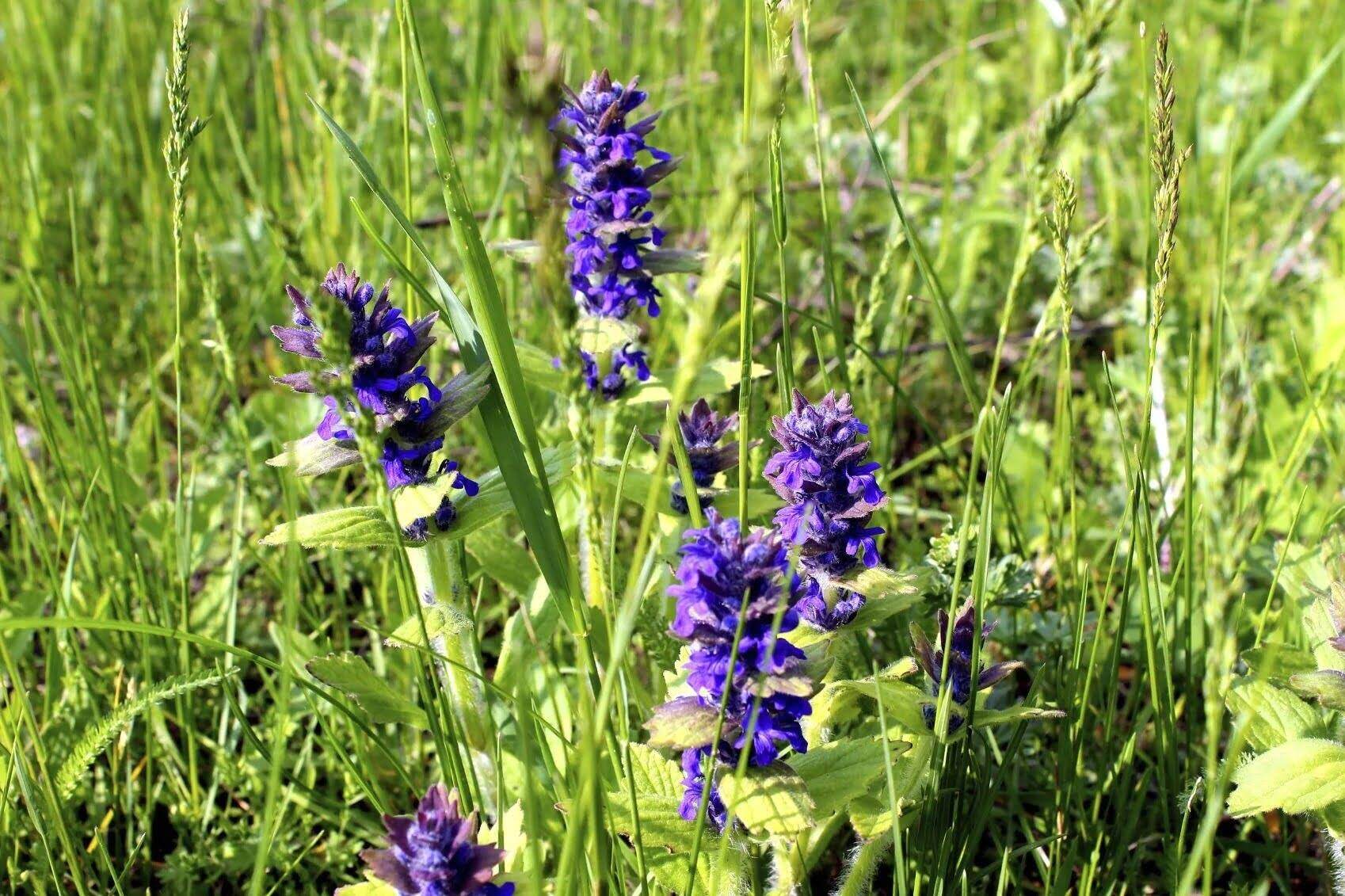
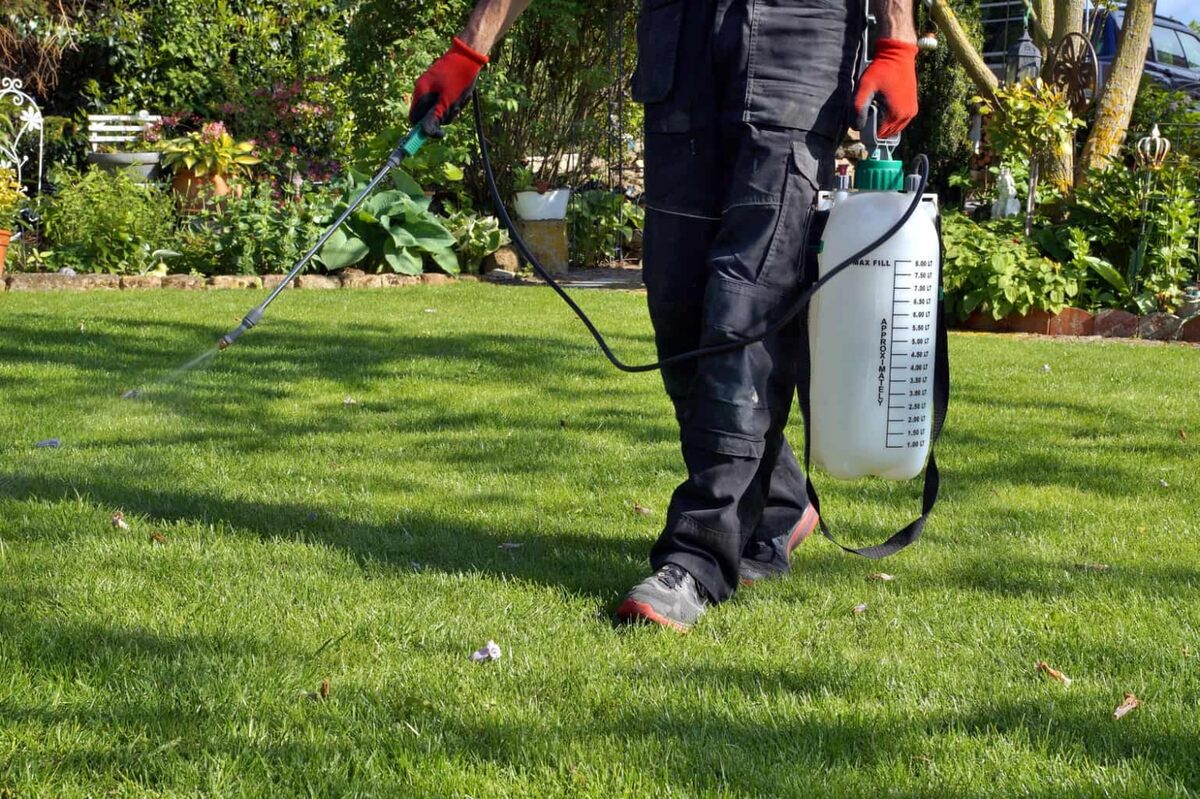
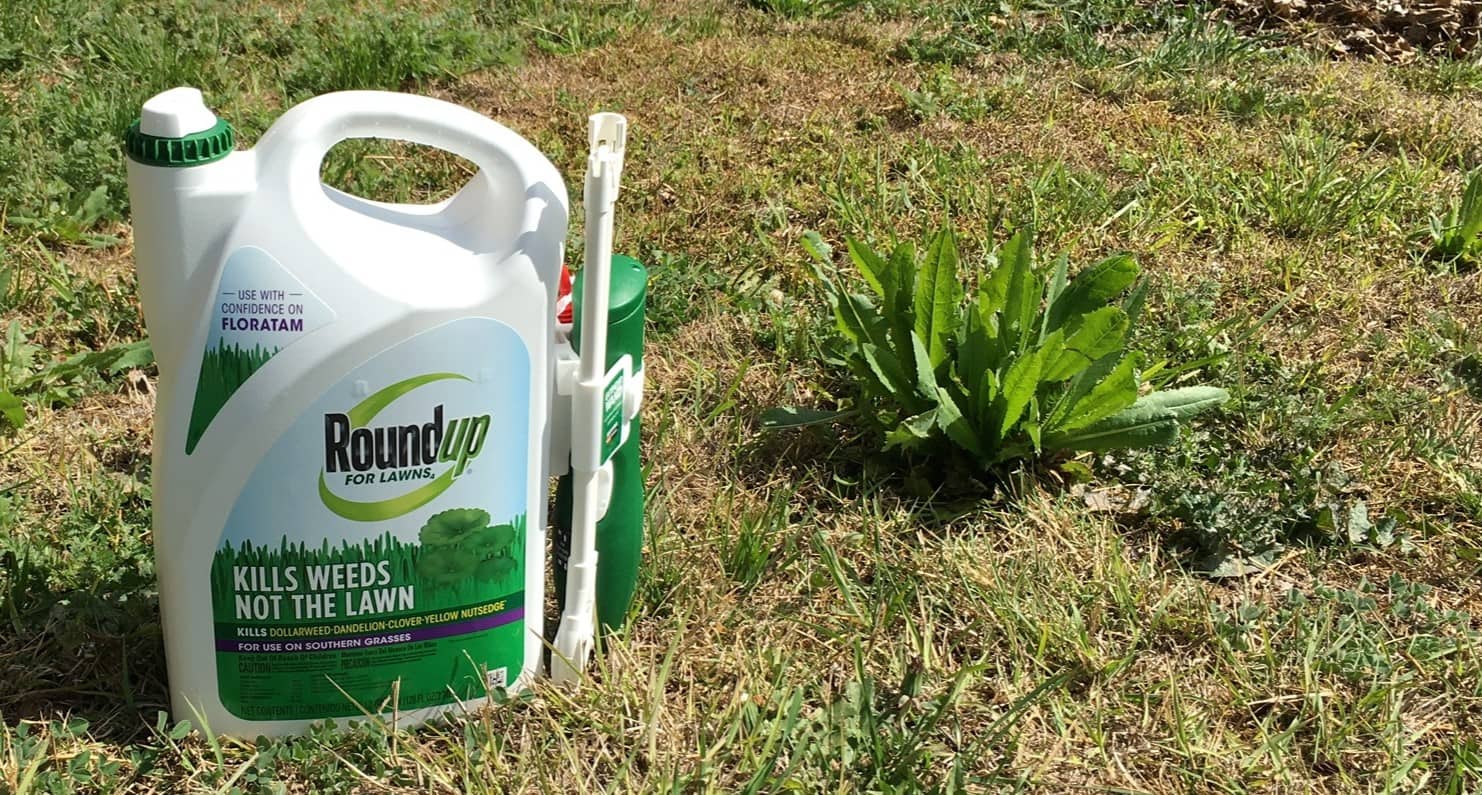
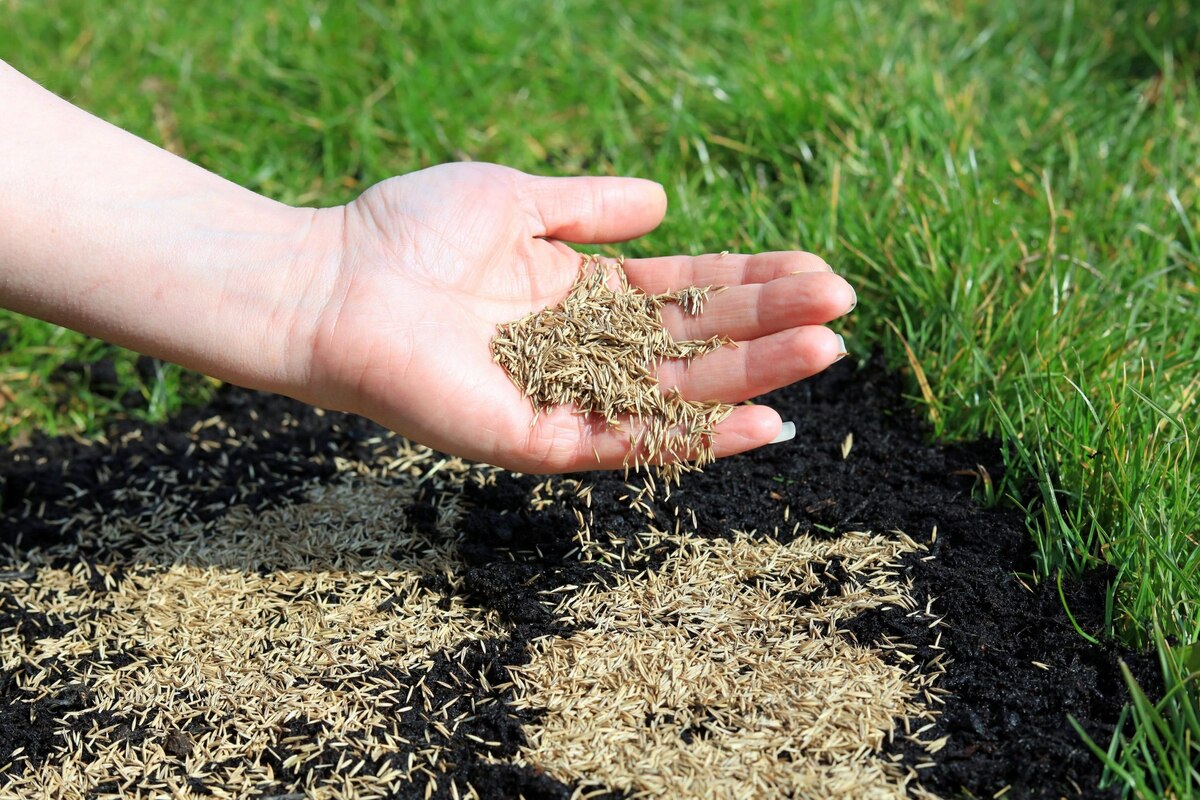
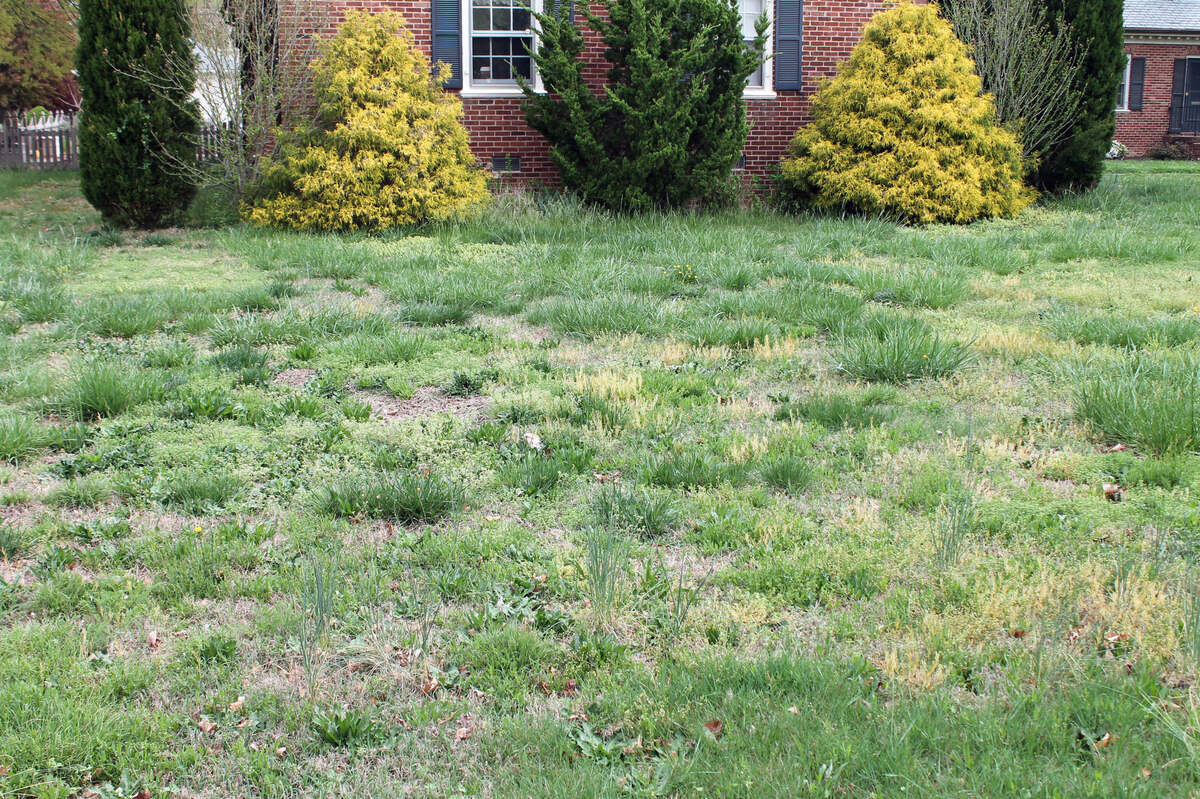
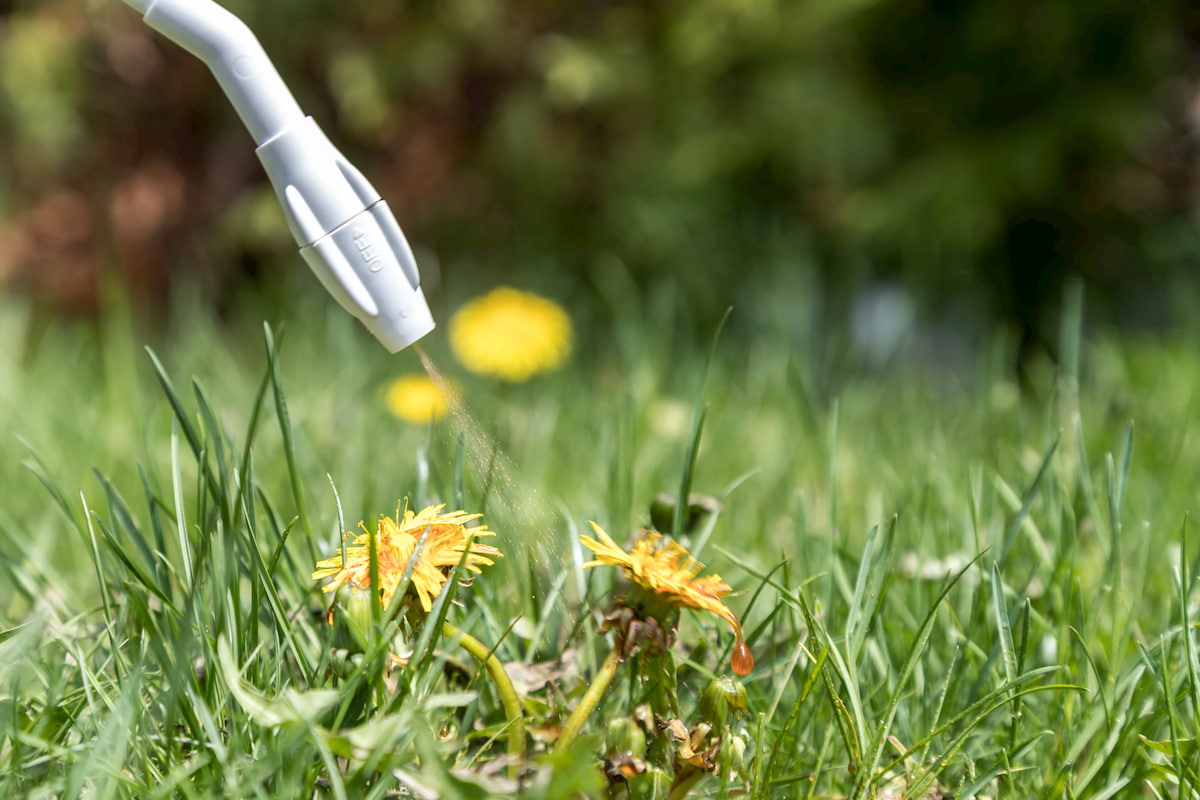
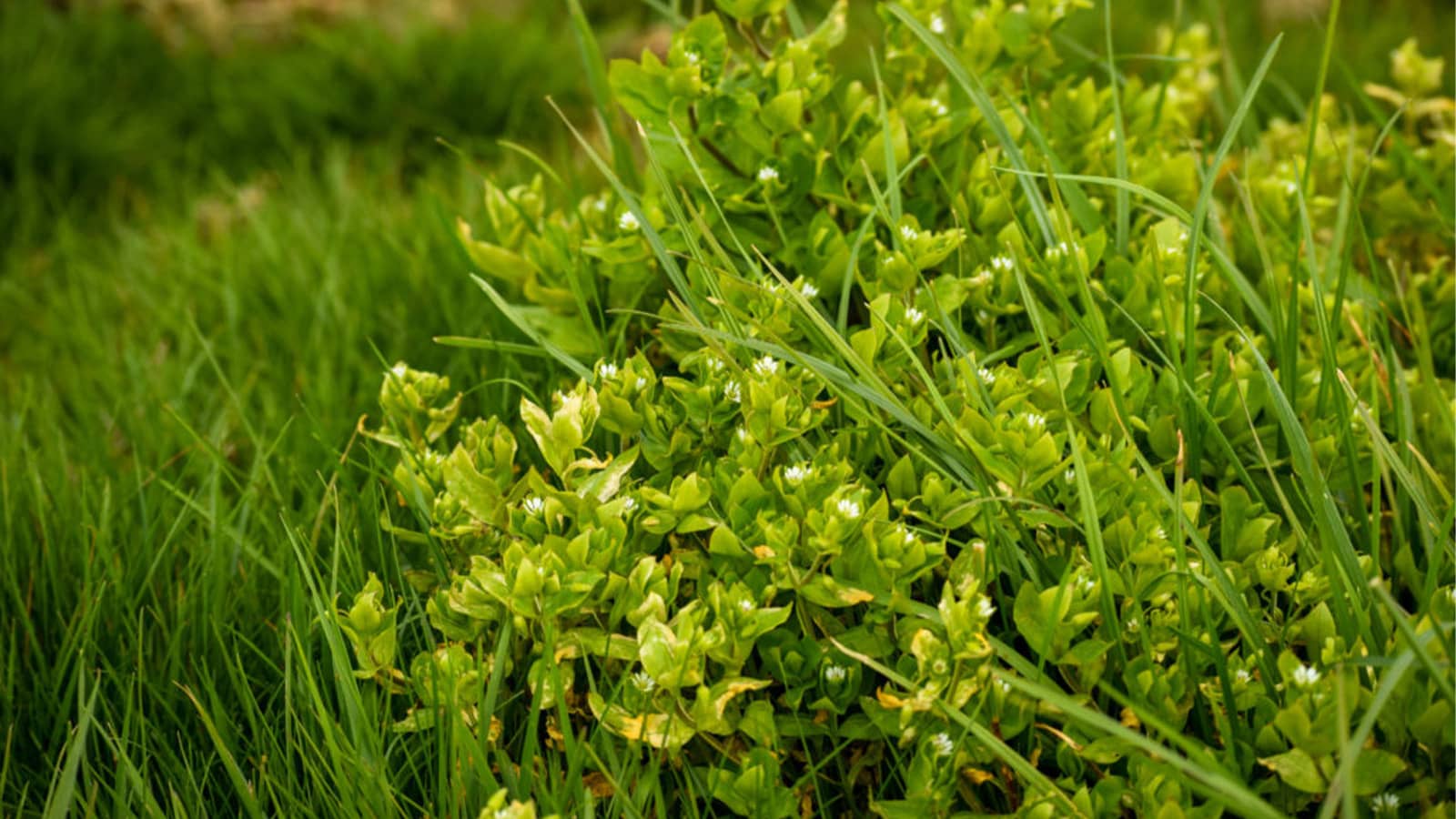
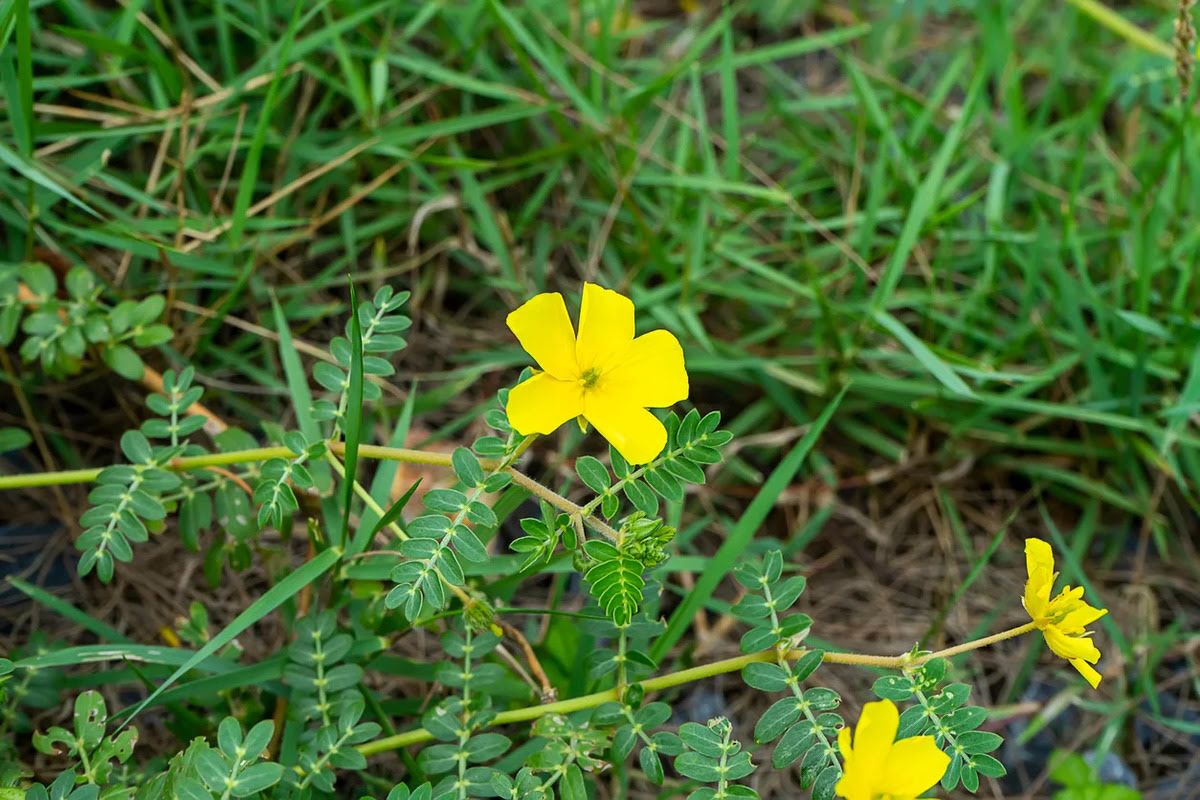
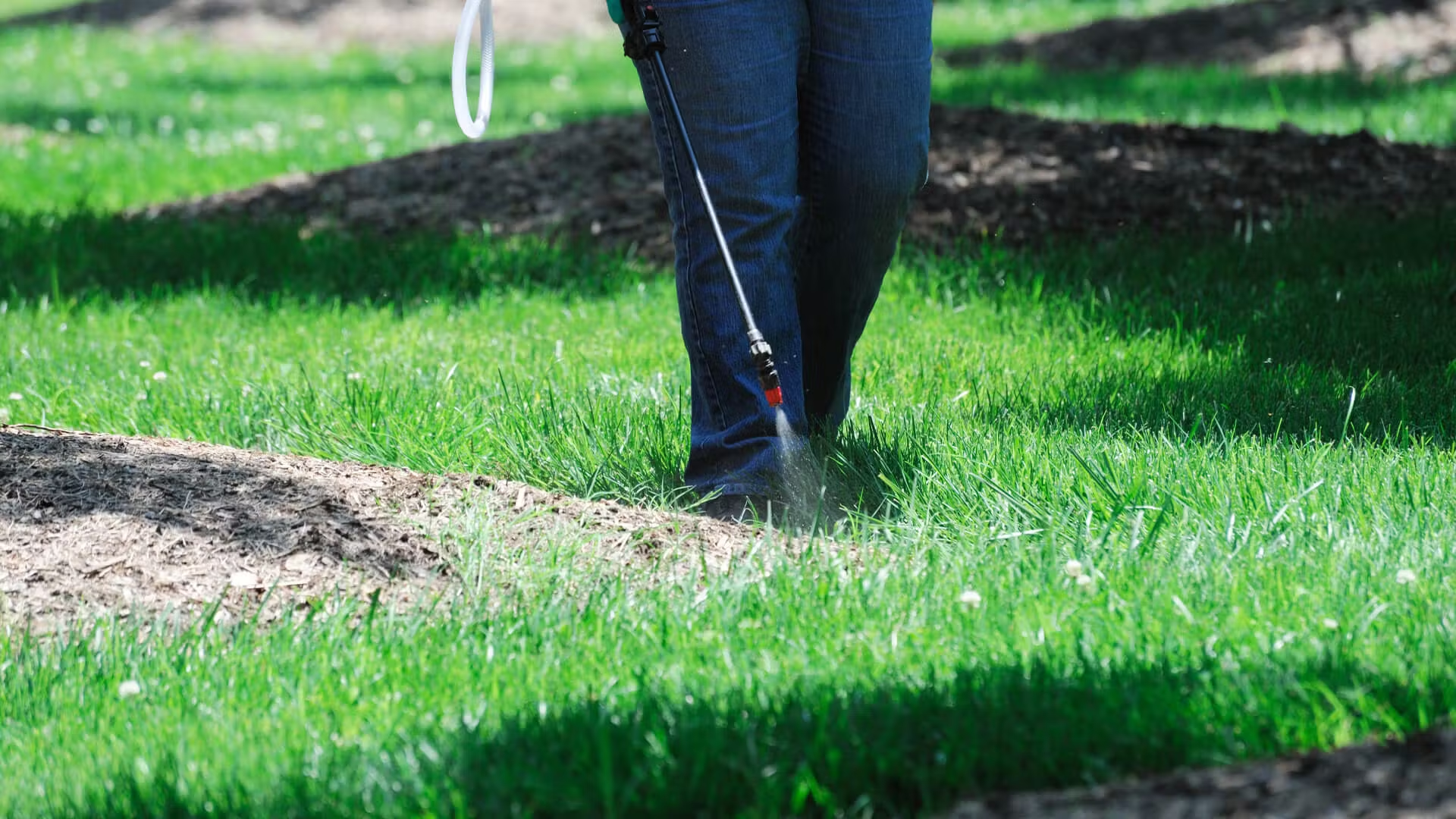

0 thoughts on “How To Grow Grass Over Weeds”